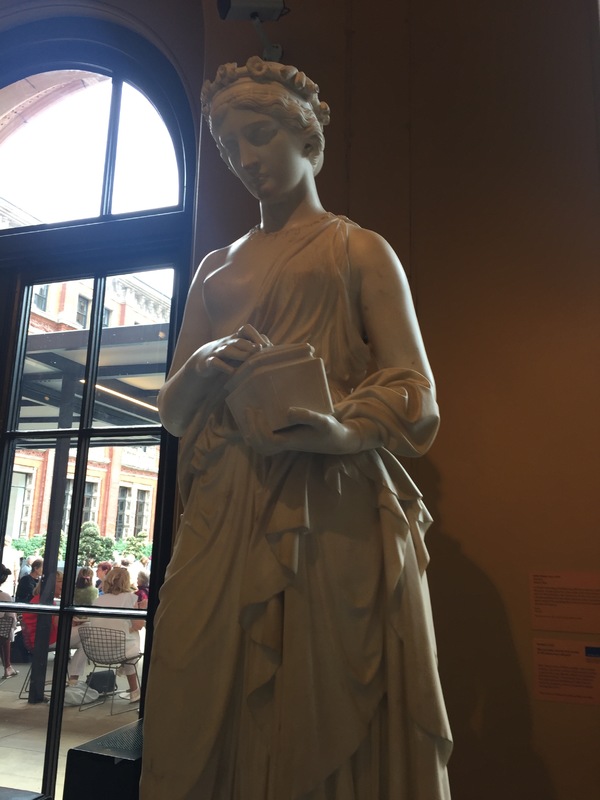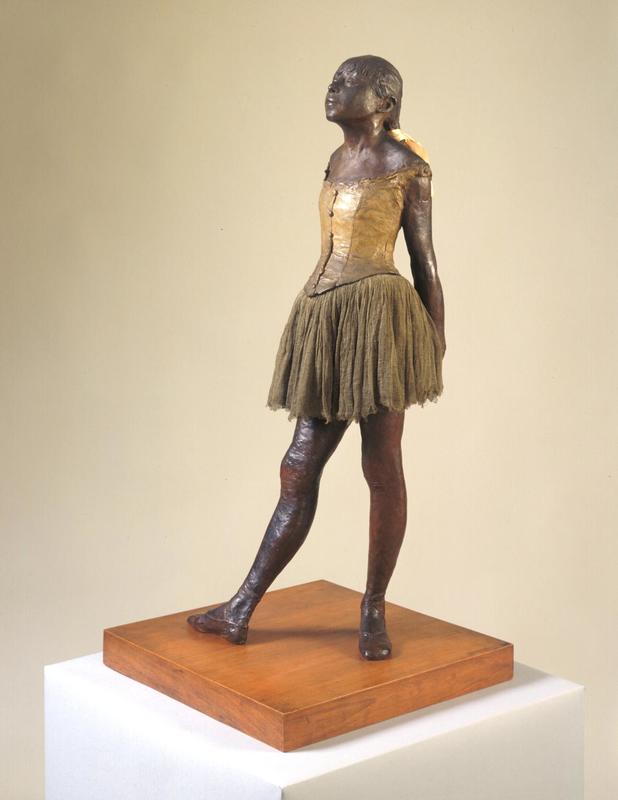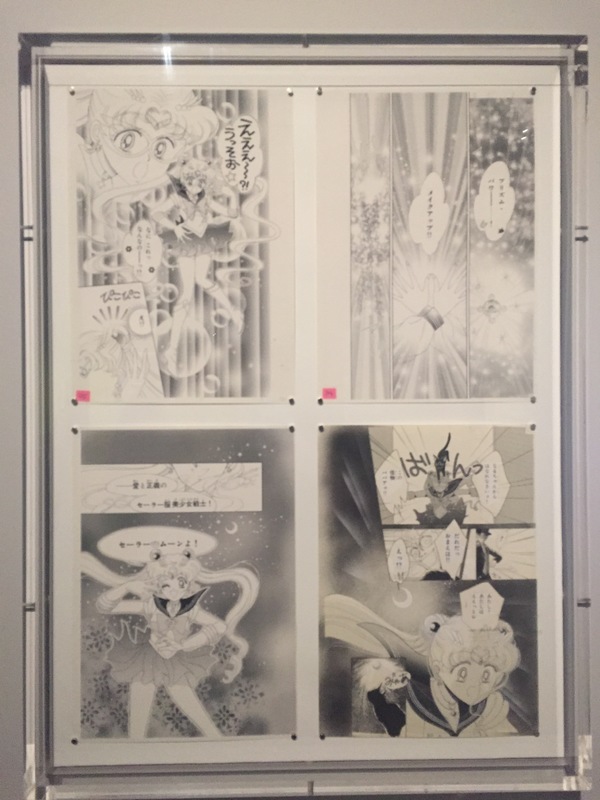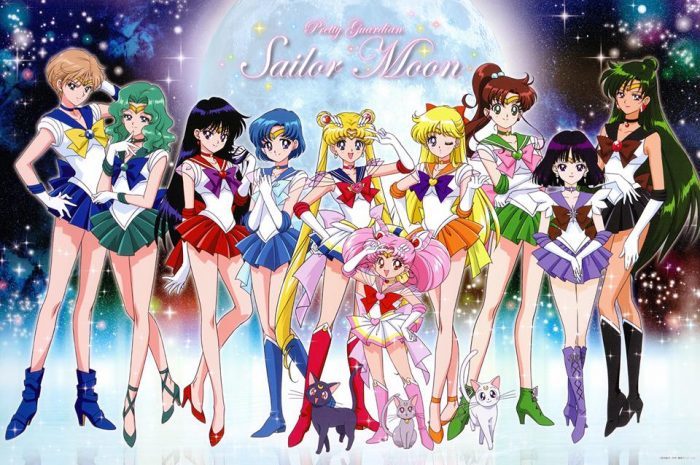Women of Art: By Jessica Jarred
All throughout history women have been depicted in different lights. Whether as delicate and fragile beings or fierce crime fighters, women have been the muse of art for years. In this exhibit I will highlight the moments in history where a woman was the muse for art. For years women in art have only been seen as a “pretty face” or something nice to look at. In this exhibit I want to show the transition of women over time.
First, we travel to Greece where we have Pandora. Created by John Gibson in 1856, the marble sculpture was created to honor the first woman created by the Greek gods. In Greek mythology, Pandora was the first woman created by the gods. Jupiter gave her a box with strict instructions not to open it. Nevertheless, she did so, and all the evils and misery contained within the box were released upon mankind. Gibson was a British sculpture who spent most of his working life in Rome and was a great admirer of Canova. He originally made a color tinted version of this sculpture for Lady Marian Alford, an art patron and artist herself. Even in Greek mythology, some women were seen as idles and beings to worship. This though, is clearly far from the view’s society has on most women today. Though every woman wants to be viewed as a ‘goddess’, most of the Greeks idolized men not only in society but also in their artwork.
Next, we are off to France to see the “Little Dancer Aged Fourteen” by Edgar Degas. Degas was a sculptor in France and is most known for his work of dancers. One of his most famous sculptures was of a young girl named Marie Van Goethen. The original sculpture was mad of wax and use actual dance shoes and a real ribbon from the years 1880-1. However, in 1922, a bronze cast was made and has then brought forth what is seen today. Growing up, I always saw this sculpture as a picture in every dance studio I attended. Our teacher even used it as a prop for our dance recital. This sculpture has played a major role in the lives of so many young girls, many who go on to be great dancers. Like the sculpture of Pandora, the Little Dancer is also a form of how women are depicted in another culture. A ballerina is supposed to be small and delicate. While in today’s culture women of all shapes are being excepted in the world of dance. Whether it is hip hop, ballet or even jazz, all forms of dance are ways that people have learned to express themselves.
Next, we have the “Japanese Woman in Court Dress”. This image was part of the “Photography” Exhibit in the Victoria and Albert Museum. This exhibit consist of four dark walls and all of the pictures are in black and white with spot lights on each picture. In the middle of the room there were these boxes that had goggles on them. Next to the boxes displayed the story of Pierre Joseph Rossier and his trip to Nagasaki. The description says that Rossier was one of the first professional photographers to visit Japan. In 1859 he was commissioned by the London photographic firm Negretti and Zambra to travel to Asia. Rossier’s images taken there are some of the earliest to show Japanese people encounters with a camera, as well as making commercial photographs of Japanese life, landscapes and buildings. It states that Rossier also trained the first generation of Japanese photographers. Shown is a Japanese woman wearing her court dress. Yet when you look through the goggles you will notice that there are two pictures next to each other. This is similar to looking through binoculars. It is an up-close image and when you look at it the picture comes alive. When viewing the image, it was as if one had traveled to Nagaski and took the pictures themselves. This picture is one of the first representations of how women are depicted in other cultures. In this picture the woman is fully dresses and fully covered. She is seen even wearing sandals with socks. In Japanese culture women do not have that much authority. However, today's society is changing, for example, women are now advancing to higher roles in the work place. What was once and all male crew is now a diverse area full of oppurtinty for women to succeed, like Takeuchi Naoko.
Next, is the Sailor Moon Manga. Created in 1991 by Takeuchi Naoko, is the story of an ordinary middle school girl named Tsukino Usagi who meets a black cat named Luna and is recruited on a secret mission with a group of other comrades to battle evil. Sailor Moon started making waves in the feminist movement as one of the first manga created by a woman. In using her personal experience and the stories of her friends she drew from fictional family stories to help create what is known today as Sailor Moon. Her goal was not to make a manga for feminist but wanted to tell a story that readers could relate to while incorporating friendship, action, romance, and fantasy into today's world. Naoko wanted not only girls, but people of all ages to be able to relate to these characters and the personal struggles they go through. The genre of magical girl manga began in the 1960s and is still going strong. Manga is a style of Japanese comic books and graphic novels. Through Sailor Moon, Usagi was able to impact not only one but two generations. Sailor Moon was created at a time when only Batman and Captain American comic books were sold. Sailor Moon became the inspiration for the past two generation of children. It allowed them to believe that even a ordinary girl can save the day. This piece of artwork takes a step forward from how women were seen in other cultures. At first glance the main characters look like delicate girls who are just put there to look good. When in actuality, they are the Sailor Soldiers. Unlike the Japanese Woman and the “Little Dancer Aged Fourteen”, Sailor Moon actually encouraged not only young girls but also young boys to be able to express themselves and be who they want to be. Sailor Moon shows that these girls are more than just a pretty face. They have been the inspiration for everything, from cosplay to even having their own anime show.
The Sailor Moon anime came to America in 1992 and started a massive phenomenon. It introduced Japanese culture into American and became one of the greatest anime to affect millions of people. Based off of the Manga, Sailor Moon, the anime brings to life the adventures of Tsukino Usagi as Sailor Moon and the Sailor Soldiers. This show has created a platform that has allowed people of both genders to fall in love with the story. Many people even cosplay or dressed up as the cast. Cosplay is the recreating of a character’s costume and even reenacting a person’s favorite scene. This is another example of how the show has made an impact on people and allowed them to be able to express themselves. Though the manga goes into much more detail of the plot of the story, the anime goes into more detail about each of the characters. This gives the audience a better opportunity to get to know the characters and lets them relate to the characters. These girls are more than just characters on TV, they are the superheroes that help the outcast not feel alone. They help people find who they are and help them express their own emotions. It is through both the manga and anime that young children are able to learn the value of love and the value of friendship.
This exhibit shows how the way women are perceived has changed over time. From being just a pretty face to the face of a revolution, women are truly the backbone of our society. Through platforms like social media and simple exhibitions at art museums, women are being shown as more than just beautiful beings. These exhibits are empowering young people to stand for what they believe and be their own hero.





